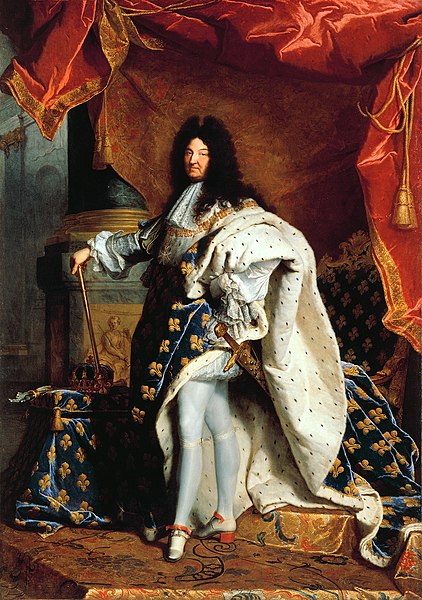 |
Panorámica
de la terraza natural en la que se asienta el yacimiento arqueológico de
Cástulo. (Foto de Emma Arance)
|
El yacimiento arqueológico de la ciudad Ibero-Romana de Cástulo se localiza a 7 kilómetros de Linares (Jaén, España) sobre una terraza del rio Guadalimar, en un paraje donde resulta muy fácil conectar con la tierra y llenarte de energía.
Según cita el historiador romano Tito Livio:
Según cita el historiador romano Tito Livio:
“Cástulo, fuerte y célebre ciudad de Hispania, estrechamente unida a los cartagineses hasta el punto de que la esposa de Aníbal era de allí, se pasó a los romanos” (XXIV, 41, 7).
Aunque sus orígenes se remontan al Tercer Milenio a. C., entre los siglos X y II a.C. fue capital de la Oretania ibérica, y tras la conquista romana mantuvo un papel relevante en la región del Alto Guadalquivir hasta el siglo VI, cuando se hace evidente su declive.
Aunque sus orígenes se remontan al Tercer Milenio a. C., entre los siglos X y II a.C. fue capital de la Oretania ibérica, y tras la conquista romana mantuvo un papel relevante en la región del Alto Guadalquivir hasta el siglo VI, cuando se hace evidente su declive.
 |
Restos
encontrados y reconstrucción de la Villa del Olivar. Cástulo.
|
 |
| Reconstrucción del Foro Romano de Cástulo. |
 |
Detalle
de los mosaicos romanos de una villa aristocrática. Cástulo. (Foto de Emma Arance).
|
La historia, que permaneció dormida y oculta durante siglos bajo metros de tierra, está brotando hoy desde su interior, a golpe de paleta, arnés y bisturí.
Esta es la imagen de los restos que acaban de ser descubiertos el pasado 9 de noviembre. Se puede apreciar la calidad de los motivos del estuco que consiguen un efecto totalmente tridimensional y la figura de una garza o una grulla -está por definir- en el mosaico. Pero según las expectativas de los arqueólogos lo mejor está por venir.
Es una suerte y un privilegio poder vivir el proceso de recuperación de nuestra historia.
Cástulo es uno de los cinco Conjuntos Arqueológico y Monumentales de Andalucía, forma parte del Patrimonio Histórico de España y está considerado Bien de Interés Cultural.
http://www.arqueotur.org/redes/conjuntos-arqueologicos-y-monumentales-de-andalucia.html
Como dijimos: todo un privilegio…
Como dijimos: todo un privilegio…
The archaeological site of the Ibero-Roman City of Castulo is located 7 km from Linares (Jaén, Spain) on a terrace of the Guadalimar River, in a place where it is very easy to connect with the earth and fill you up with energy.
 |
| Overview of the natural terrace on which rests the archaeological site of Cástulo. (Photo by Emma Arance). |
As cited by the Roman historian Tito Livy:
"Cástulo, strong and famous city of Spain, closely linked to the Carthaginians to the point of Hannibal's wife was from there, went over to the Romans." (XXIV, 41, 7).
"Cástulo, strong and famous city of Spain, closely linked to the Carthaginians to the point of Hannibal's wife was from there, went over to the Romans." (XXIV, 41, 7).
Although its origins date back from the Third Millennium BC., between the Xth and the IIsd century B.C. it was capital of the Iberian Oretania, and after the Roman conquest it had a relevant role in the Alto Guadalquivir Region until the VIth century, when its decline was evident.
 |
Remains found and reconstruction of the Villa del Olivar. Cástulo.
|
 |
| Recosntruction of the Roman Forum of Cástulo. |
 |
Detail of a Roman mosaic in an aristocratic
villa. Cástulo. (Photo by Emma Arance).
|
History, which has been laying sleepy and hidden for centuries under meters of land, is springing now thanks to the paddle stroke, harness and scalpel work.

These pictures above correspond to the remains that have just been discovered on November 9th. You can see the quality of the stucco designs with an amazing fully three-dimensional effect and the figure of a heron or a crane, to be defined, in the mosaic. But according to the archaeologists' expectations “the best is yet to come”.
We must feel fortunate and privileged for being living the process of recovering our history.
Cástulo is one of five Andalusian Archaeological and Monumental Ensembles, it is a part of the Historical Heritage of Spain and it is considered of Cultural Interest.
As we told: all a privilege...



